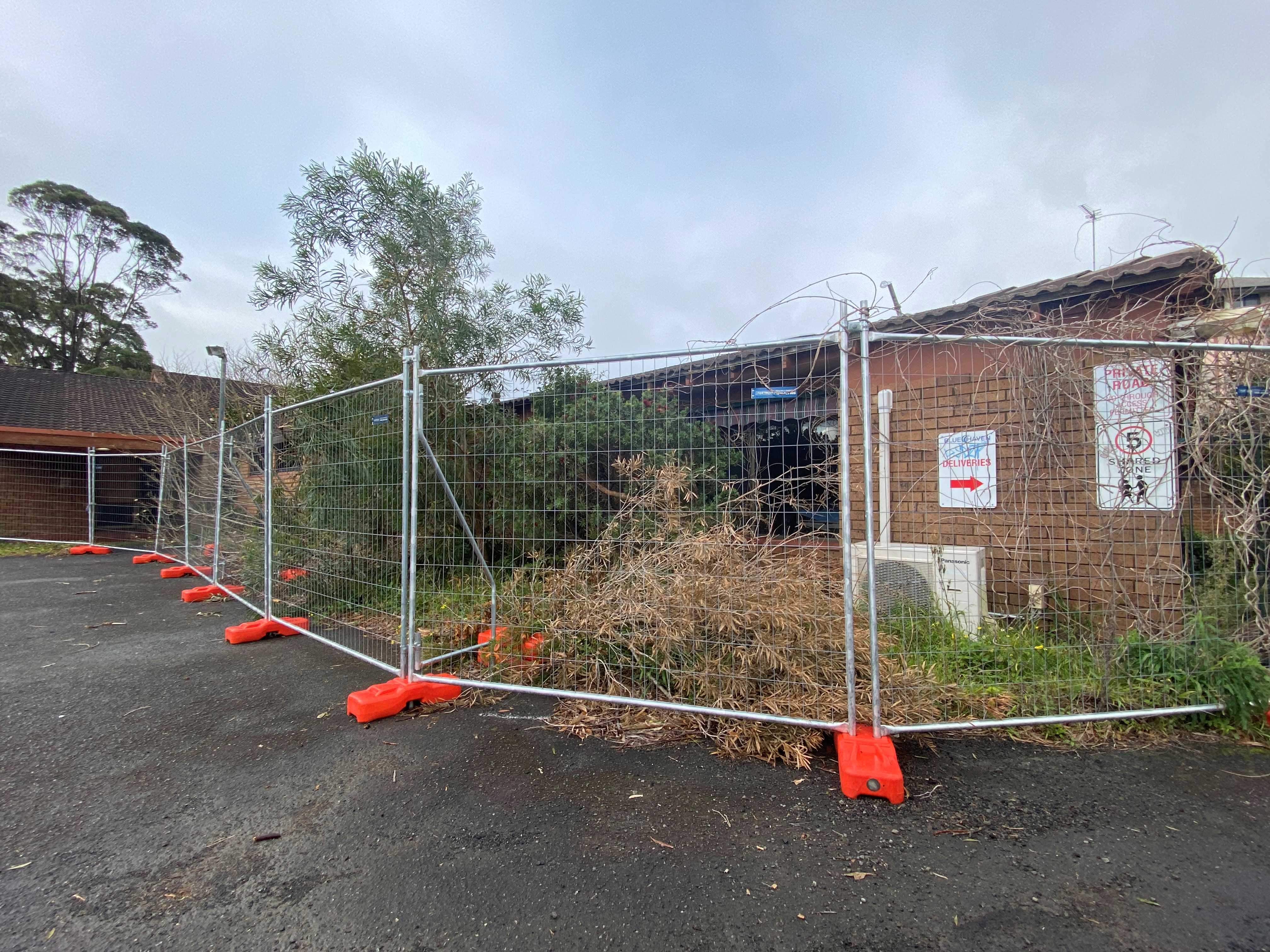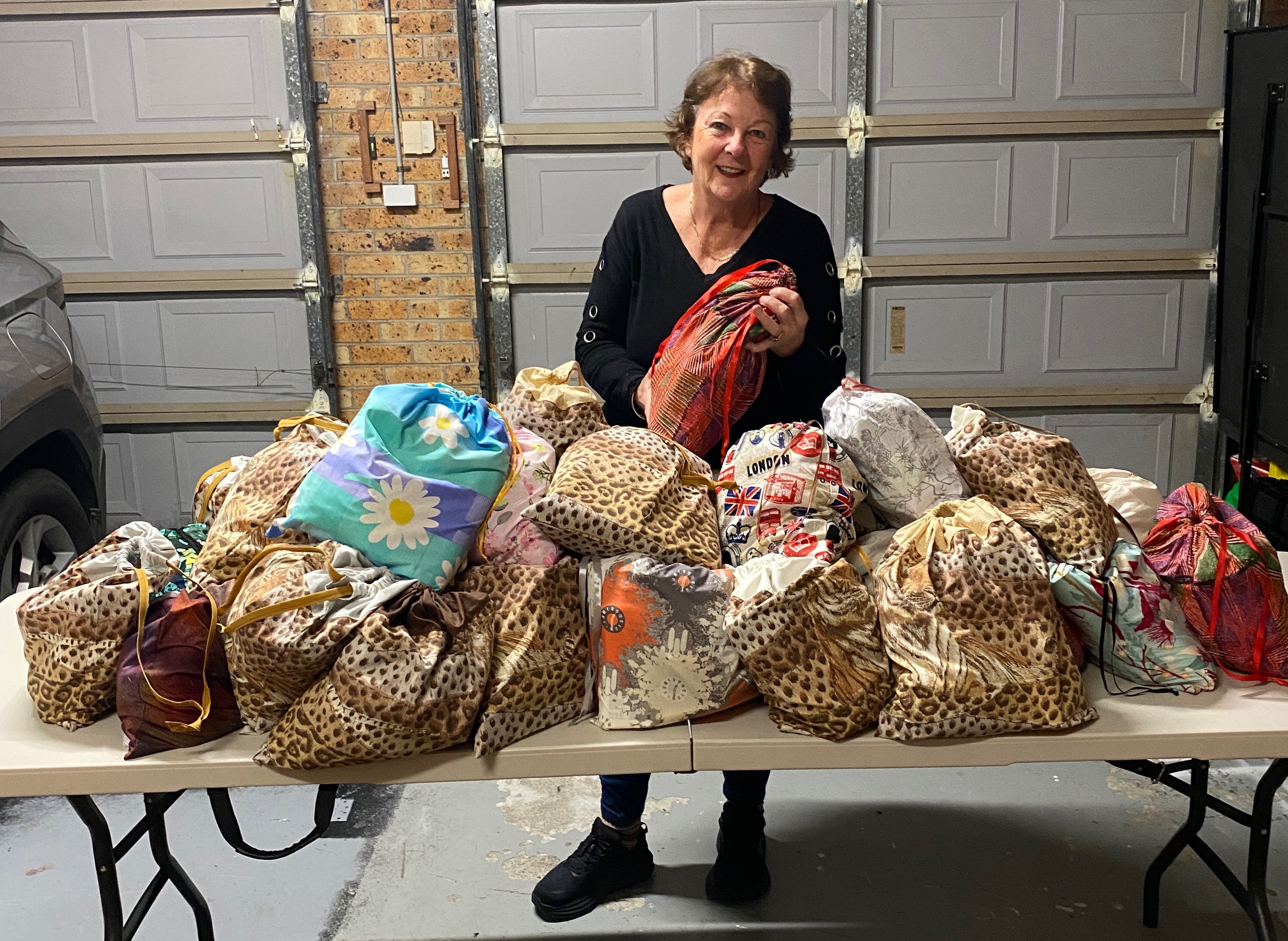Why looking after cows in Foxground was never easy
Mark Emery
05 August 2025, 8:00 PM
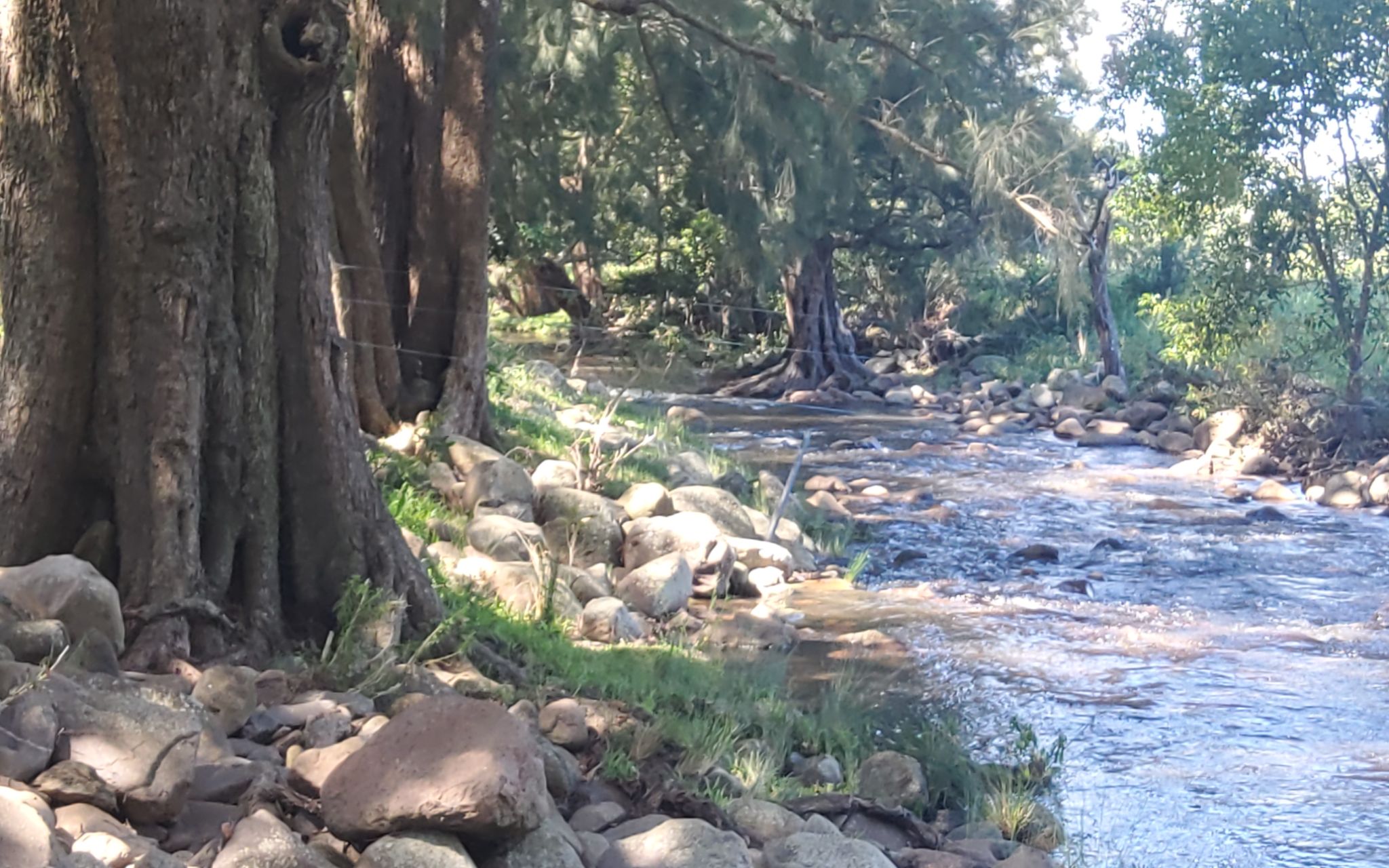 Photo: Robyn Sharp
Photo: Robyn SharpBefore Clive Emery’s story begins, I would like to say a big thank you to Robyn Sharp, an artist in Foxground, for the kind permission she gave for some of her works to be used with this story. She certainly captures the beauty of Foxground.
There were many dry runs in the hinterland of Foxground. In the very early days there were up to 40 farmers in the Valley, mostly on extremely subsistence farms.
Over the years they had dwindled to 17 when we started in the Valley because of a diminution of farmers on smaller properties.
Over time these smaller farms were leased or sold to district farmers for additions to their property of rental and some were inherited.
Almost without exception they were to become dry runs, principally because of poor and difficult accessibility.
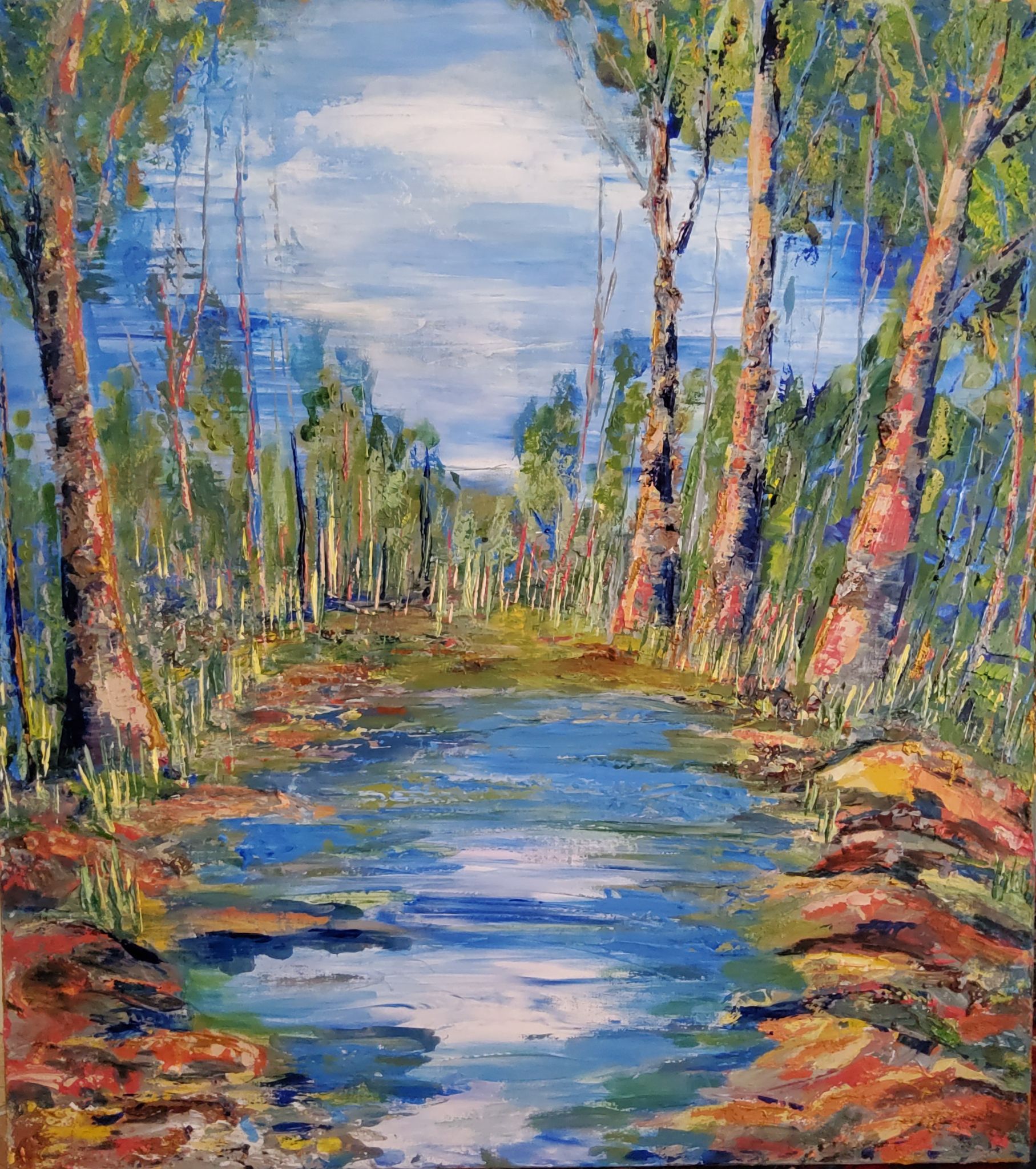
It was common sight to see horsemen from other areas droving stock into the valley on his way to a dry run in the hills, perhaps returning later in the day with alternate suitable stock for the farm or for sale.
This was usually a monthly exercise for all farmers.
There were about 10 outside farmers engaged in travelling their stock, and about three Valley folk with runs.
The smaller farmers found as the family grew in numbers their properties would not sustain them, and although they were needed to clear the land of weeds and undergrowth, it came down to the cash as the final arbiter.
Drovers were constantly delivering stock to the Valley farms, mostly purchases from saleyards or from farmers leaving the industry and having clearing sales on their properties.
These fellows always had excellent dogs to assist, and many of these rode on the horse's hindquarters so as not to get footsore as the horses ambled along.
Most drovers rode ambling horses at about four to five miles an hour on their return journeys, but generally were restricted to walking pace when droving cattle.
Their dogs could be sent ahead at open gateways, broken fences or open roadways where they would sit and prevent the stock from straying.
When drovers met each other with stock, the dogs were used to keep the respective animals from mixing.
Therefore prevention was always the best thing to do.
Many farmers chose to use the dry runs together, and also do the droving together in company for the convenience of drafting as well as droving.
Cattle running in the bush become aware of secret paths and hiding places, and can be rather devilish to muster at times, and all of these runs had large areas of such shelters for cattle to hide.
New-born calves were often a problem to locate in brambles or scrubby places, and if by chance unable to be found on the day, it could mean a return visit the following day.
There were supreme hiding places for the mothers to hide their young, and when found may be unable to walk the distance, so the calf was slung over the pommel of the saddle and taken home that way.
Valuable time could be lost in searching for stock in the bush, and if surprised could go their several ways making the assembly at the drafting yard all the more difficult, or some of the stock designated for the home farm may be in the process of delivering the newborn babe or in having calving difficulties, which was not uncommon, so it was almost imperative for them to be brought back to the home farm prior for birthing.
Obstreperous or weak animals could tire on the journey home and have to be left at a roadside farm until the next day.
This can be exasperating for the owner, but I have seen it done many times.
Tired animals look for broken fences and open gateways to escape the journey, and on one occasion this happened at our school, and the owner was exasperated when the beast lay down and would not get up.
Our teacher was sympathetic, but not to the owner and they almost came to blows - the cow won in the end and was collected the next day after a night's rest.
We were all farming kids, and were sorry for the tired beast, and reckoned it would not have made it to the top of the hill in any case.
There was another five miles to go, and although the owner fumed about the gate being left open, it was better she had not made it to the highway.
She could have lain down on the middle of the road with many more troubles!
Recovering cattle from the bush runs had a flavour all its own! It was all footwork on behalf of Cliff and myself, and as Dad had taken us to the run in the car, most of the work was left to us, and was probably the most exasperating thing for us when a mob of heifers had to be brought home because of their near approach to calving.
They knew every track in the bush, and could not be driven in the scrub in one bunch despite our best efforts, scattering into the scrub as individuals and standing quietly out of sight while the hullabaloo of our shouts of encouragement passed them by.
Many times it was only when the eventual tally in the drafting yard at the mountain run revealed that several were missing.
Dad however, tried many tricks. For example he took a bale of hay up each day, calling the cattle to where the hay was spread. After about seven days they answered his call, galloping to him with their tails up!
On the appointed day he would carry the bale into the bush in the direction of the drafting yard and spread it right in the yard.
We had to give him top marks for this ruse, for it was a stroke of ingenuity, and saved Cliff and myself countless forays in search of our quarry.
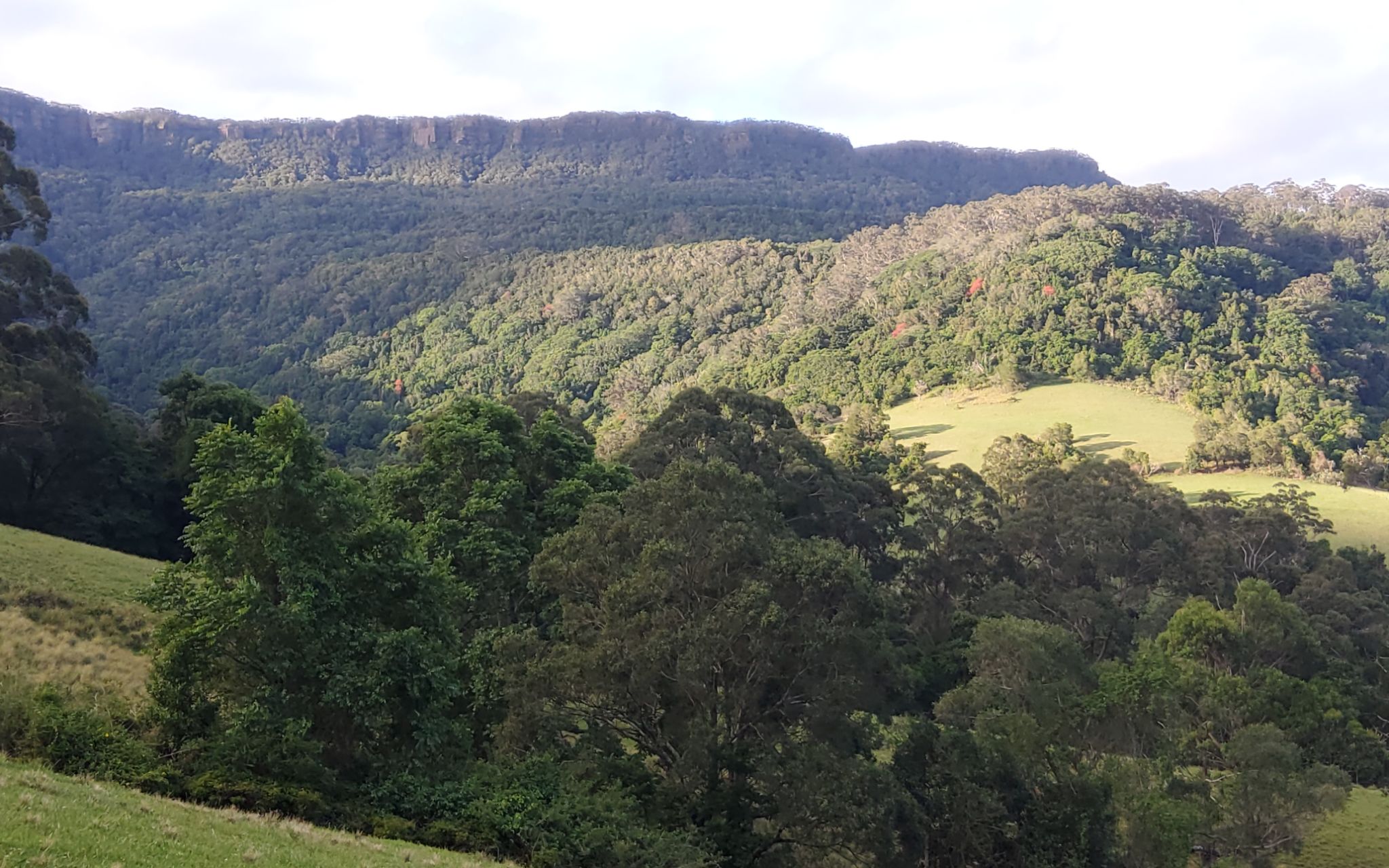
From the drafting yard, only one of our problems had been solved however, for there were nearly two miles of open country and roads to be negotiated, with all the pitfalls of broken fences and open gateways, and neighbours' cattle to be passed through, and who became so interested as to want to join in with the heifers and have a gallop for the heck of it, leading the excited heifers in other directions than we wanted.
It was only after much use of our stockwhips that we had our mob separated and out on the Foxground road.
Where we could see open gateways one of us rushed alongside the mob and kept them to the opposite side of the road, as the case may be.
In three to four hours we had them penned in the catch-yard at home, and Dad followed in the car.
Here the cattle were sorted and placed in their respective paddocks to await the arrival of their first-born calves, when they would become part of our herd of milkers.
In a week they would have accepted the new routine. Within three months we would reverse the routine by taking more heifers to the run, bringing them home eight months later.
It was never easy, but it worked!
NEWS


